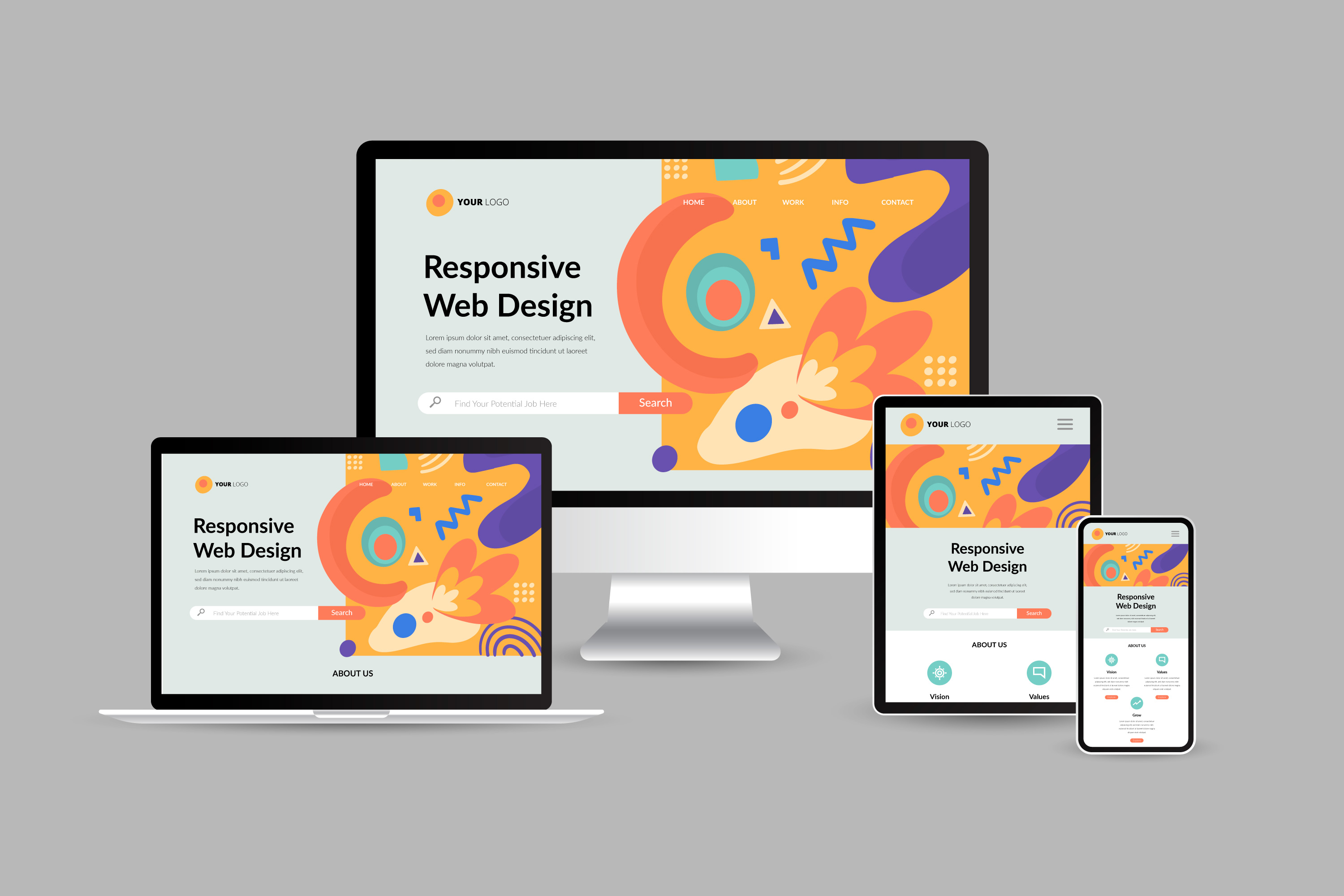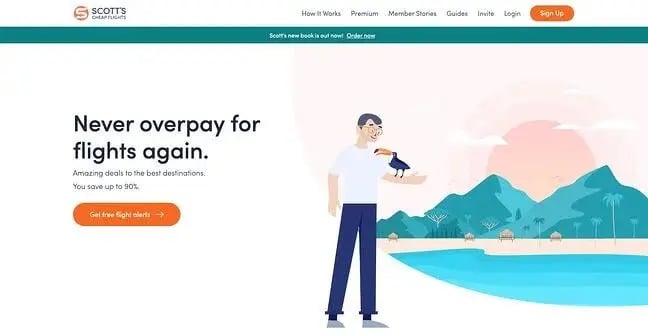The Ultimate Overview to Modern Internet Site Layout Trends
In the ever-evolving digital landscape, modern-day website style fads play an essential function in forming individual experience and involvement. From the surge of minimal design concepts that focus on simpleness to the influence of bold typography in defining brand name identification, each component contributes to a natural on the internet existence.
Minimalist Design Concepts
Minimal layout principles emphasize the concept that less is more, advocating for simpleness and performance in aesthetic communication. This strategy remove unneeded aspects, concentrating instead on essential elements that share the designated message successfully. By prioritizing clarity, minimalist design improves customer experience, enabling visitors to navigate websites easily.
Core tenets of minimal layout include using ample white room, which creates a feeling of equilibrium and organization. This negative area not just directs the customer's interest to essential elements however also fosters a soothing aesthetic atmosphere. In addition, a limited color palette is typically employed, making use of soft shades or single plans to preserve aesthetic cohesion and prevent overwhelming the user.
Typography plays a critical duty in minimal layout, where clear typefaces are chosen for their simpleness and performance in communicating material. Eventually, minimalist layout concepts cultivate a focused atmosphere that encourages individuals to involve with the web content, improving the total effectiveness of contemporary website style.
Bold Typography Choices
Accepting strong typography selections has ended up being a defining attribute of modern internet site design, as it properly captures attention and communicates solid messaging. Developers are increasingly utilizing typography not just as a functional element however as a key visual element that enhances the overall aesthetic and customer experience.

Furthermore, the association of bold typography with minimalist design principles permits striking contrasts, improving readability while keeping aesthetic allure. Making use of whitespace around vibrant message further stresses its value, making sure that the message resonates with the audience.
As digital landscapes come to be more competitive, leveraging bold typography makes it possible for brands to differentiate themselves and leave an enduring impression. The careful option of typefaces and their application can stimulate feelings, establish tone, and drive activity, making strong typography an important tool in modern internet site design. Ultimately, it is an effective means to boost storytelling and guarantee that vital messages are not only seen however likewise really felt.
Responsive and Mobile-first Design
Mobile-first and receptive design has actually arised as an important concept in contemporary internet site advancement, reflecting the boosting dependence on mobile phones for accessing online content. As customer habits changes in the direction of mobile surfing, developers should focus on creating experiences that adapt effortlessly across numerous screen dimensions and resolutions.
A responsive layout guarantees that a site instantly changes its format, pictures, and functionality based on the gadget being made use of. Mobile-first style supporters for establishing web sites originally for smaller displays, subsequently scaling up to larger displays.
Applying mobile-first and receptive principles not just provides to individual choices yet likewise aligns with search engine optimization (SEARCH ENGINE OPTIMIZATION) methods. Significant search engines, like Google, prioritize mobile-friendly websites in their positions, making it crucial for services to embrace these layout techniques. In an affordable electronic landscape, welcoming mobile-first and receptive design is not simply an alternative; it is vital for making certain ease of access and engagement with a diverse audience.
Engaging Microinteractions
Microinteractions play an view essential duty in enhancing customer engagement and overall site experience, especially in the context of responsive and mobile-first design. These subtle design components provide instant feedback to users, making communications a lot more delightful and instinctive. Examples consist of switch animations, notice notifies, and packing indications, which not only guide users but also produce a sense of connection with the user interface.
Including engaging microinteractions can considerably enhance usability by minimizing cognitive load. When individuals obtain aesthetic or acoustic feedback upon performing activities, such as clicking a button or sending a form, they feel much more certain in their choices. This fosters his response a smoother navigation experience, inevitably enhancing individual retention.

As website style fads remain to advance, the importance of microinteractions can not be overstated. They work as the refined yet effective touchpoints that change common communications into amazing experiences, therefore raising the overall performance of modern internet design.
Lasting Website Design Practices
Sustainable internet design methods are ending up being increasingly crucial as the electronic landscape expands and ecological issues increase. Developers and designers are recognizing their responsibility to develop sites that not just serve individual requirements but also minimize environmental impact. This method incorporates a number of crucial approaches.
To start with, optimizing power intake our website is vital. Websites ought to be created to pack rapidly and effectively, which minimizes web server energy use and boosts customer experience. Strategies such as image compression, decreasing HTTP demands, and using contemporary coding methods add substantially to this goal.
Secondly, selecting eco-friendly holding providers is essential - website design. Several holding business are now powered by renewable resource resources, allowing internet sites to run in a more lasting way. This choice reflects a dedication to decreasing carbon footprints
In addition, embracing a minimalist style can boost sustainability. Fewer components on a web page bring about much less data transfer, which not only accelerates packing times yet additionally preserves resources.
Finally, advertising electronic ease of access ensures that websites reach a larger target market without unneeded bloat, lining up individual experience with environmental responsibility. By integrating these sustainable techniques, web designers can contribute positively to both individual interaction and the planet's health.
Final Thought
In recap, modern website design fads stress the assimilation of minimalist concepts, bold typography, and receptive layout to boost user experience. Engaging microinteractions add to memorable interactions, while sustainable methods promote for eco conscious advancement. Jointly, these elements not only elevate aesthetic allure but likewise improve capability, making sure that web sites are both aesthetically striking and easy to use. Embracing these trends is vital for developing impactful digital experiences that resonate with users in a progressively affordable on the internet landscape.
In the ever-evolving digital landscape, modern internet site design patterns play an important role in shaping customer experience and interaction. By prioritizing quality, minimalist style enhances user experience, permitting site visitors to navigate internet sites easily.
Ultimately, minimalist design principles grow a focused environment that motivates individuals to involve with the material, enhancing the overall efficiency of modern internet site style.Microinteractions play a pivotal duty in improving customer interaction and total website experience, particularly in the context of mobile-first and receptive layout.In recap, contemporary web site style patterns stress the combination of minimal concepts, bold typography, and responsive layout to improve user experience.